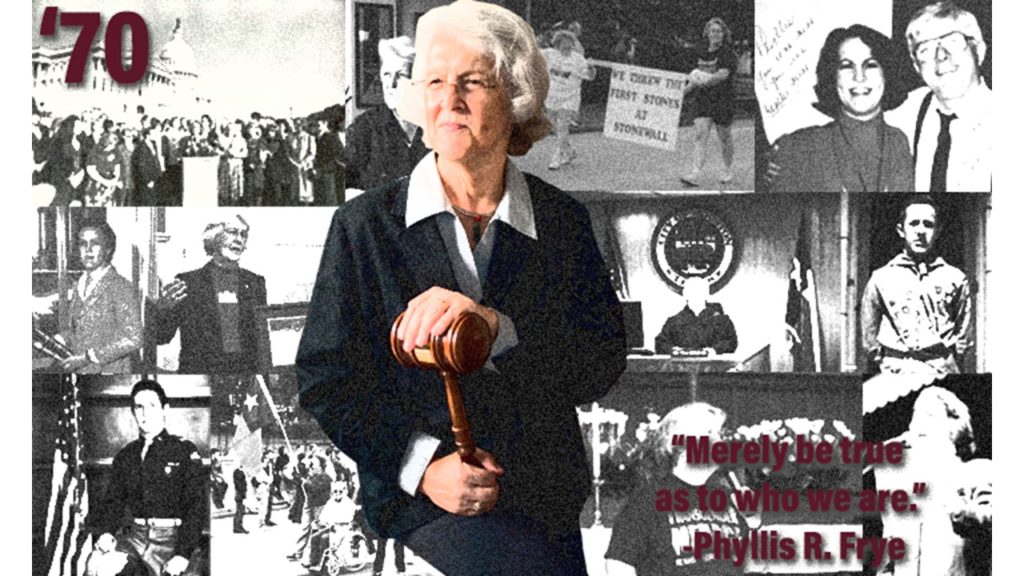
URPN 240 (Undergraduate) Can monuments and preservation of the historic built environment help communities do more than just honor the past? Students in the course will answer this question and learn the ways professionals involved in designing, preserving, or planning commemorative sites can foster restorative justice through projects that preserve landscapes of memory and the built environment. Weekly films, lectures, readings, service-learning, discussions, and visits to historic sites expose students to instances in which memorials and preservation projects have helped communities strengthen democracy, honor constitutional rights, confront difficult pasts, and transform relationships between various groups. The two primary contexts in which these questions will be explored are freedom colonies (historic African American settlements) and college campuses (Texas A&M). In each, we will examine monuments, traditions, and cemeteries on various scales and explore various ways in which communities honor people, places, and moments to build community, assert identities, right past wrongs, or resist erasure.
Weekly lectures introduce students to restorative justice, preservation, engagement, and participatory planning or design, and case studies. Sample case studies include the Shankleville Community, TX; Hopewell Settlement at the Bassett Conservancy in Kosse, TX; Georgetown University’s Working Group on Slavery, Memory, and Reconciliation; Stonewall, NYC; Paper Monuments in New Orleans; Monument Avenue in Richmond, VA; and the Equal Justice Initiative’s Remembrance and Memorial Project on Lynching[1]. The course features service-learning activities, including updating archival records and data for a mapping website and developing a freedom colony field guide. Students also design new monuments and conduct debates related to campus climate and campus cultural landscapes. Students in MORE THAN MONUMENTS explore ways designers,’ planners’, and preservationists’ expertise, combined with citizen engagement, have the potential to foster social & restorative justice.




Filmed on the campus of Texas A&M University and at Cultural Landscape Symposium and tour day at Bassett Farm Conservancy, hosted by Preservation Texas.
Read more about the course:
today.tamu.edu/2020/02/28/freed-slave-settlements-provide-unique-learning-opportunity-for-texas-am-students/
[1] Curriculum Resources: https://lynchinginamerica.eji.org/drupal/sites/default/files/2017-06/EJI%20-%20LIA%20High%20School%20Lesson%20Plan.pdf
In the Shadow of Statues A White Southerner Confronts History By Mitch Landrieu · 2018